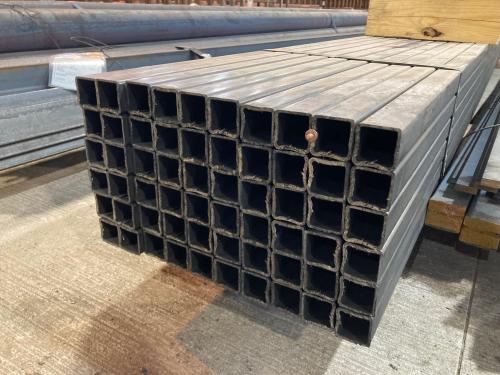Steel tubing is a fundamental component in various industries due to its durability and versatility. Two prevalent methods of producing steel tubing are Electric Resistance Welding (ERW) and the drawn tube process, each with distinct characteristics and applications.
ERW steel tubing is produced by passing a flat strip of steel through a series of rollers to shape it into a cylindrical form. The edges are then heated and fused together using an electric current, creating a strong welded seam along the length of the tube. ERW tubes are known for their cost-effectiveness and efficiency in large-scale production. They are commonly used in construction, infrastructure, and general manufacturing applications where strength and cost considerations are crucial.
The drawn tube method involves pulling a solid steel bar through a die to reduce its diameter and wall thickness, resulting in a seamless tube. This process enhances the tube's dimensional accuracy and surface finish, making it suitable for applications requiring precision and a smooth surface, such as in the medical or automotive industries. Drawn tubes are often preferred when a higher level of dimensional control and a seamless appearance are essential.
Both ERW and drawn tube methods contribute significantly to the availability of steel tubing for various applications. The choice between these methods depends on factors such as cost, desired properties, and the specific requirements of the intended use, showcasing the adaptability of steel tubing in meeting diverse industry needs.

